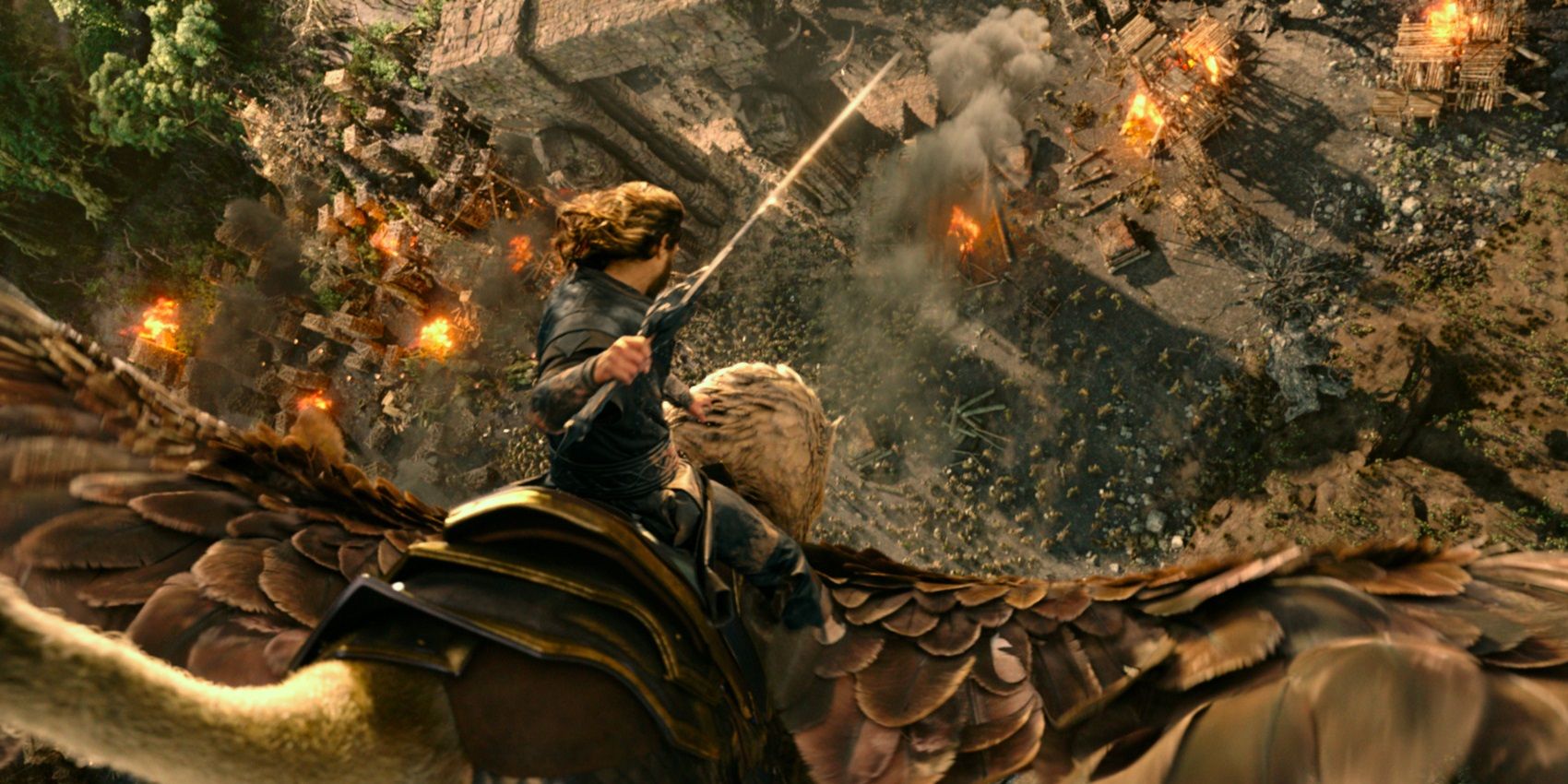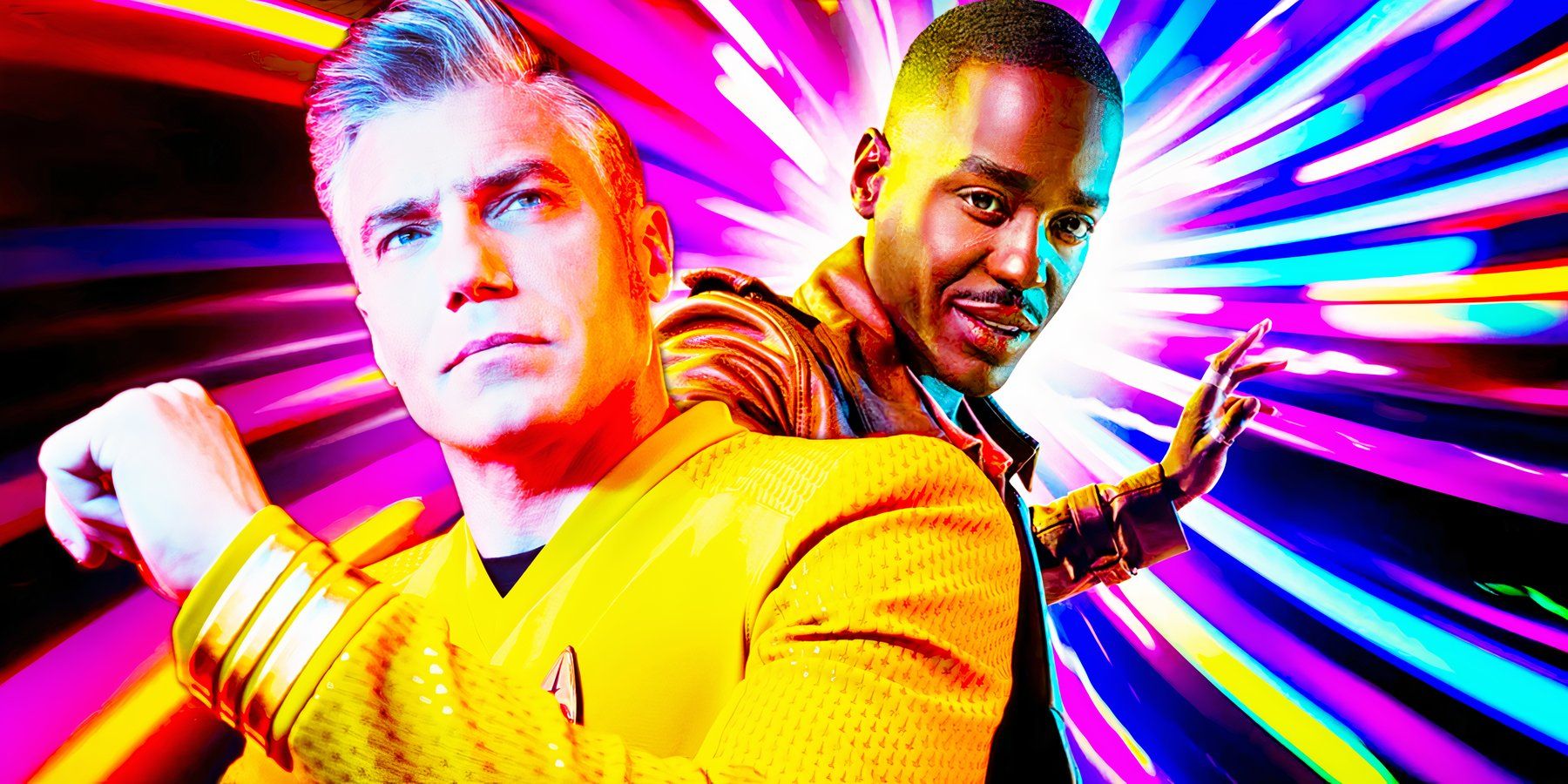Star Trek: The Next Generation season 1 was the show’s weakest, but several interesting ideas were introduced only to be mostly forgotten by the franchise. Following the adventures of Captain Jean-Luc Picard (Patrick Stewart) and the USS Enterprise-D, TNG eventually produced some of the best science fiction television of all time, despite its rocky beginnings. TNG season 1 did many things right, especially when it came to establishing the core characters. There were a lot of solid ideas scattered throughout the season, but the execution of those ideas sometimes left a bit to be desired.
The TNG season 1 writer’s room was notoriously chaotic, with writers regularly coming and going. With this level of inconsistency behind the scenes, it’s surprising most of the episodes in TNG season 1 work as well as they do. While many of the concepts introduced in TNG season 1 would be referenced in later episodes, some fascinating ideas have been mostly forgotten by the Star Trek franchise. In recent years, Star Trek: Lower Decks has been bringing back some of these forgotten elements from TNG. Hopefully, this is a trend that will continue, as many of these ideas and aliens could be improved with modern special effects and animation technology.
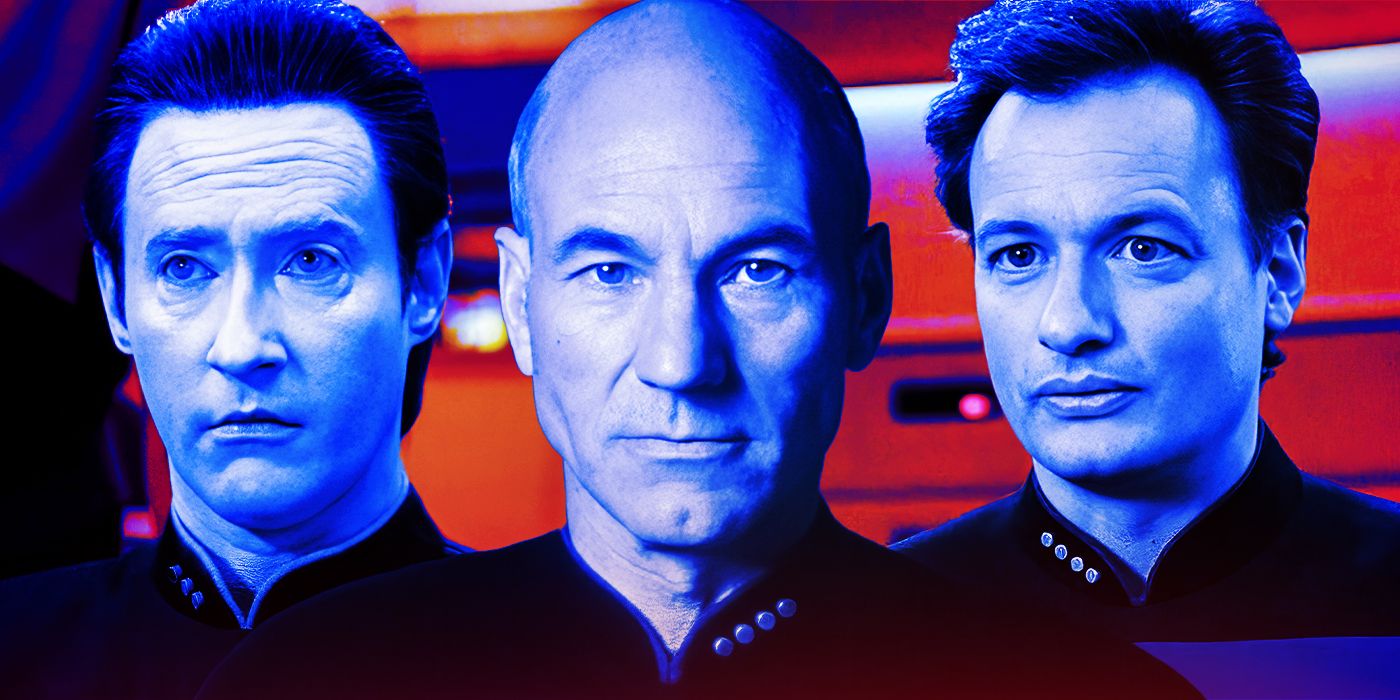
Related
10 Good Things TNG’s Bad Season 1 Gave Star Trek
Star Trek: The Next Generation might have gotten off to a rocky start, but its first season wasn’t all bad.
8 The Bynars From TNG’s “11001001”
TNG Season 1, Episode 15
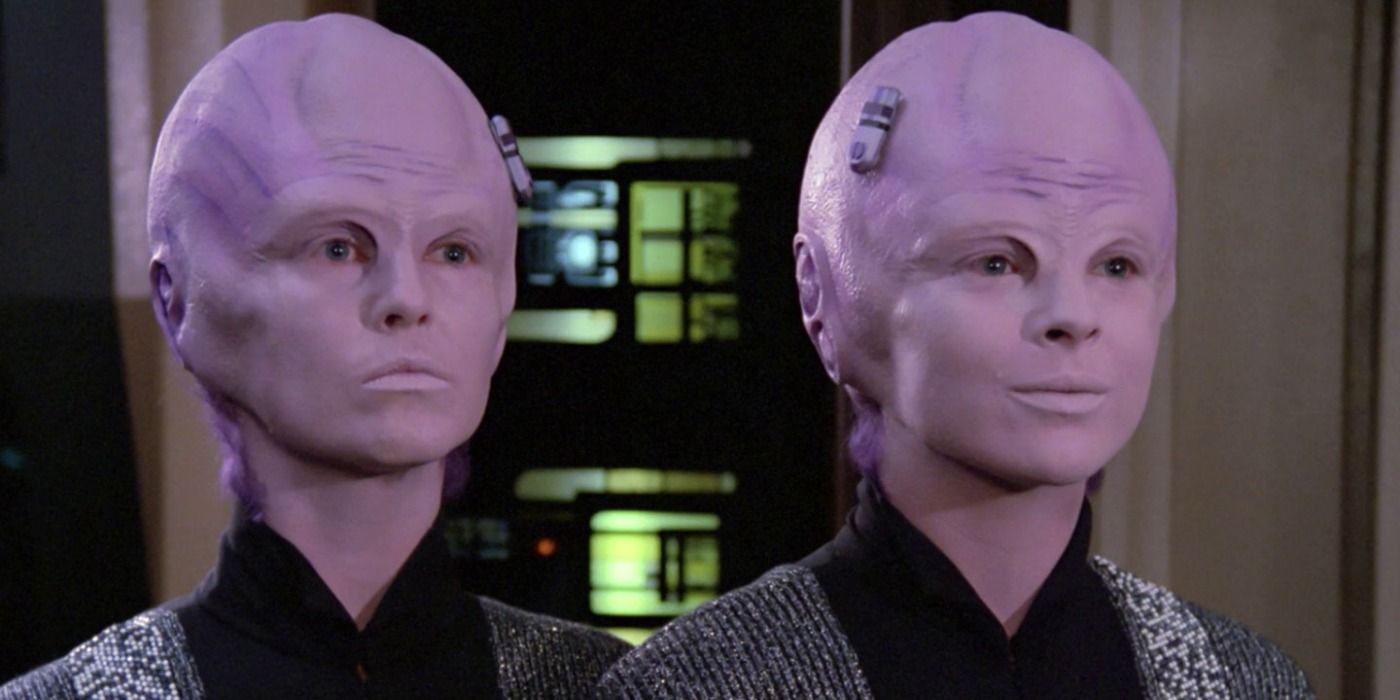
The Bynars made their first appearance in TNG’s “11001001,” and were mentioned a few times throughout the Star Trek franchise. While this cybernetically enhanced species returned in Star Trek: Lower Decks, very little information has been revealed about the Bynars and their culture. The Bynars are genderless, always working and living in pairs, and they cannot survive without being connected to their master computer. They speak incredibly quickly, using a form of binary code, and also think in binary, black-and-white terms. Although the Bynars are humanoid, they live and interact in a way much different from humanity, and it would be interesting to see more of their planet and its people.
7 The Unnamed Aliens From TNG’s “Encounter at Farpoint”
TNG Season 1, Episodes 1 & 2
In “Encounter at Farpoint,” the premiere episode of TNG, the omnipotent Q (John de Lancie) puts Captain Picard and his crew on trial for the crimes of humanity, tasking them with a puzzle to solve. As Picard and his crew interact with the inhabitants of Deneb IV, they eventually realize that the Bandi people have subjugated a sentient “space vessel lifeform.” Not only could these beings experience emotion, but they could also transform into various shapes and manipulate matter and energy. In their natural form, the creatures resemble jellyfish and are twelve times the volume of a Galaxy-class starship. These fascinating lifeforms feel truly alien, and it would be cool to see them again, recreated with modern CGI or animation.
6 The De-Aging Process of The Aliens From TNG’s “Too Short a Season”
TNG Season 1, Episode 16
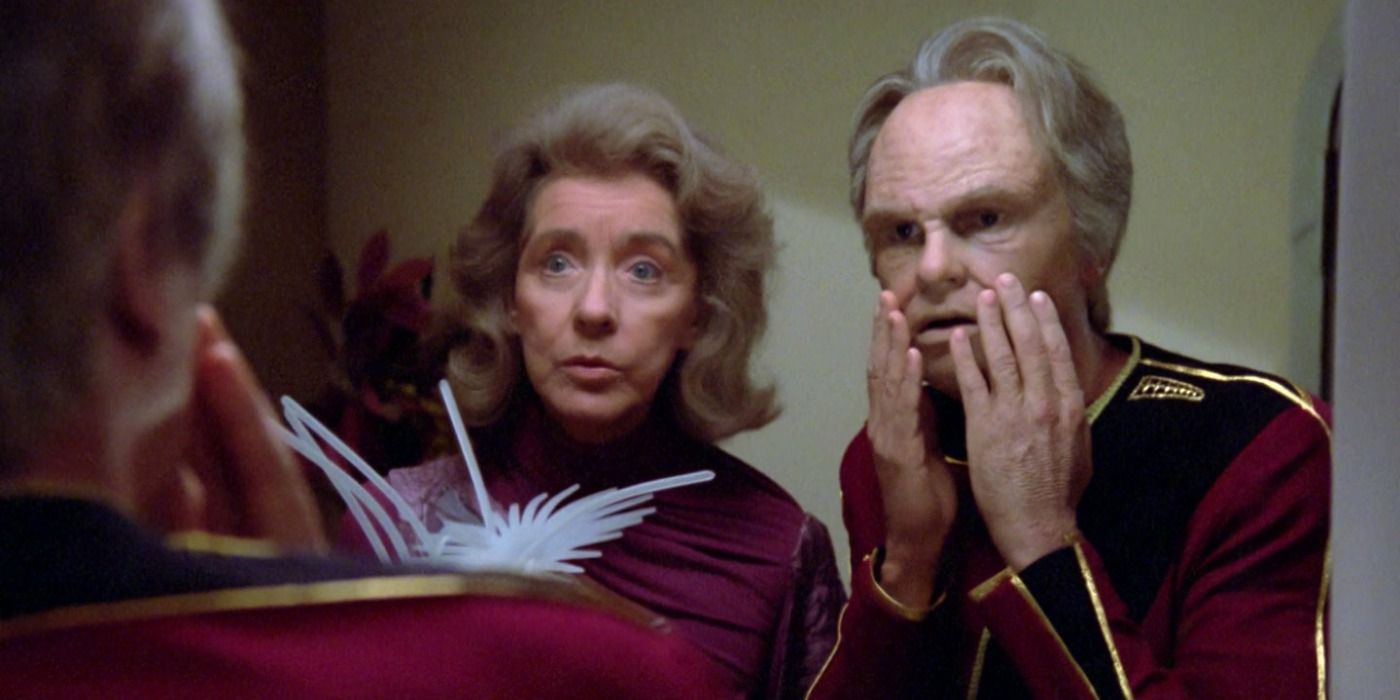
In Star Trek: The Next Generation‘s “Too Short a Season,” the elderly Admiral Mark Jameson (Clayton Rohner) visits the USS Enterprise to help negotiate a treaty. Soon after the admiral arrives, his health begins rapidly improving until he looks years, and eventually, decades, younger. Jameson reveals that he obtained a medicine from the planet Cerberus II that could rejuvenate the body, cure illnesses, and prolong life. The process required ingesting a certain combination of herbs and drugs slowly over two years, and the ultimate effect would vary depending on the individual. This herb and medicine combination seems like something that Starfleet would be interested in, making it odd that Cerberus II and its de-aging process were never mentioned again, although Star Trek: Insurrection revisited the Fountain of Youth idea.
5 The Mythical Planet of Aldea From TNG’s “When The Bough Breaks”
TNG Season 1, Episode 17
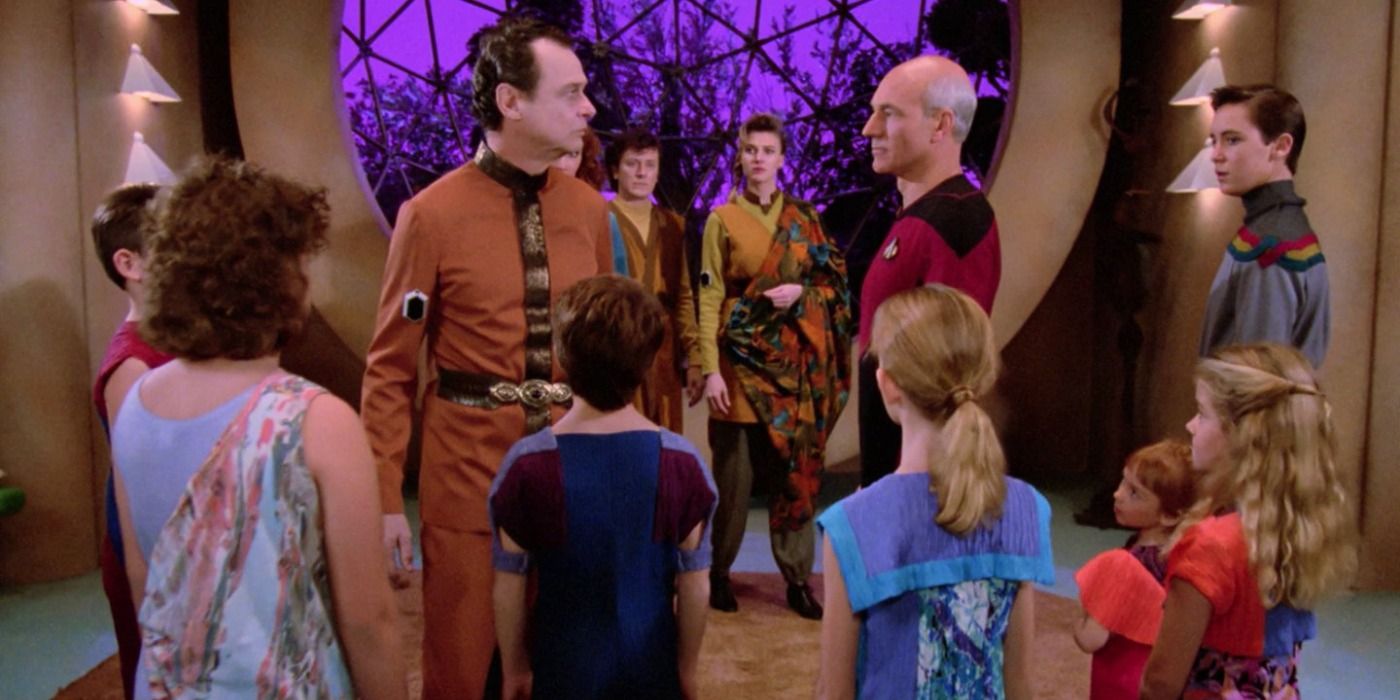
When Commander Riker speaks of the planet Aldea in Star Trek: The Next Generation‘s “When the Bough Breaks,” he refers to it as a mythological place, comparing it to Atlantis. The Aldeans allow their planet to be found because they need something from the Enterprise – their species is dying out and they want children from the Enterprise, including Ensign Wesley Crusher (Wil Wheaton). Picard eventually convinces the Aldeans to accept help from Starfleet instead, but Star Trek never checks up on this planet or its people. Considering the Aldeans possess advanced technology that can cloak and defend an entire planet, perhaps Starfleet should be a bit more interested in them.
4 The Silicon-Based Lifeform From TNG’s “Home Soil”
TNG Season 1, Episode 18
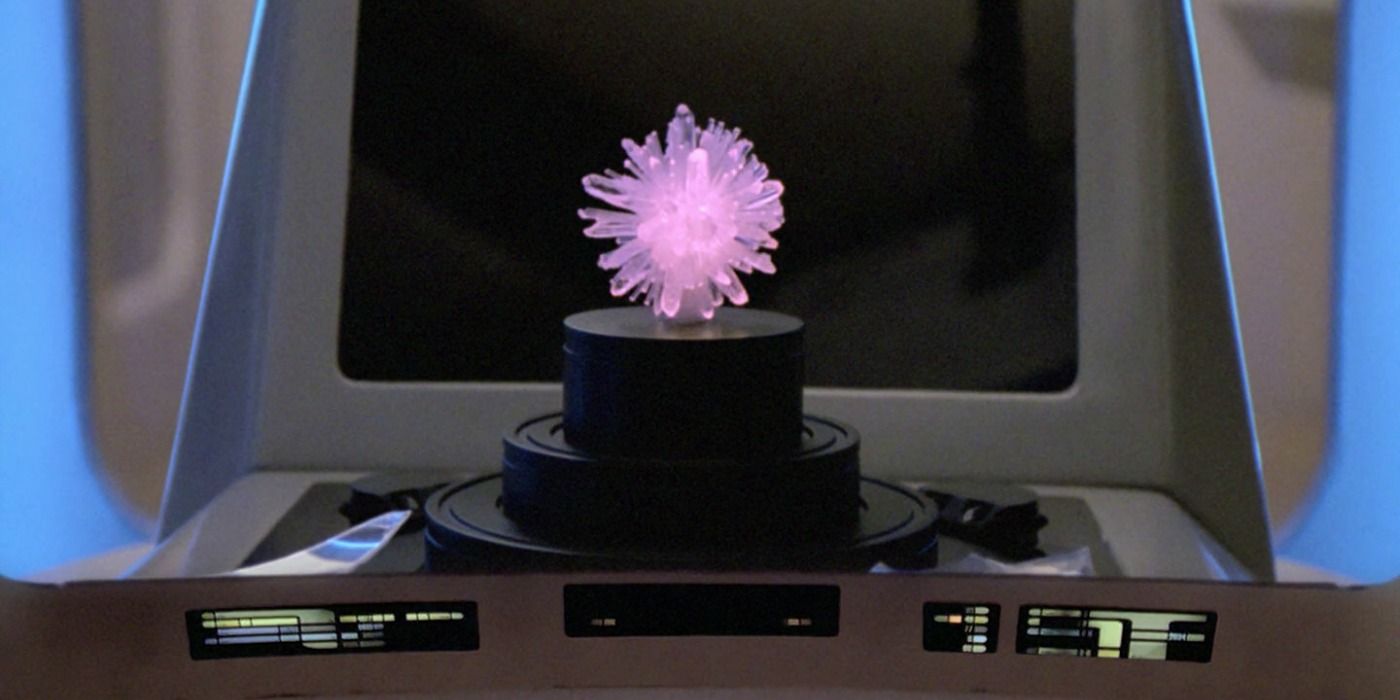
Although many of the aliens in the Star Trek universe resemble humans, occasionally the show will present a truly alien lifeform. In Star Trek: The Next Generation‘s “Home Soil,” the Enterprise discovers a new, silicon-based form of life on a planet in the process of being terraformed. Although the lifeform is inorganic and thus does not conform to the standard definition of life, it possesses an undeniable intelligence. The crystalline lifeform eventually figures out how to communicate with the Enterprise crew, letting them know that the terraforming process has been causing it harm. Star Trek is often at its best when its characters are discovering new life, and this biology-defying lifeform is something worth revisiting.
3 The Advanced Weapons System From TNG’s “The Arsenal Of Freedom”
TNG Season 1, Episode 21
When the Enterprise travels to the planet Minos to investigate a missing shuttle, they encounter an abandoned planet equipped with an advanced weapons system. When an away team from the Enterprise beams down, they are attacked by these weapons, which become increasingly powerful with each encounter. In orbit around the planet, Geordi La Forge (LeVar Burton) commands the Enterprise against more advanced weaponry. In a somewhat anticlimactic conclusion, Picard simply turns the machines off, while Geordi comes up with a clever solution to save the Enterprise. At the end of the episode, the Enterprise simply leaves the planet, even though Starfleet could undoubtedly use weapons that can cloak themselves and learn from each encounter.
2 Armus & The People Who Created Him From TNG’s “Skin Of Evil”
TNG Season 1, Episode 23
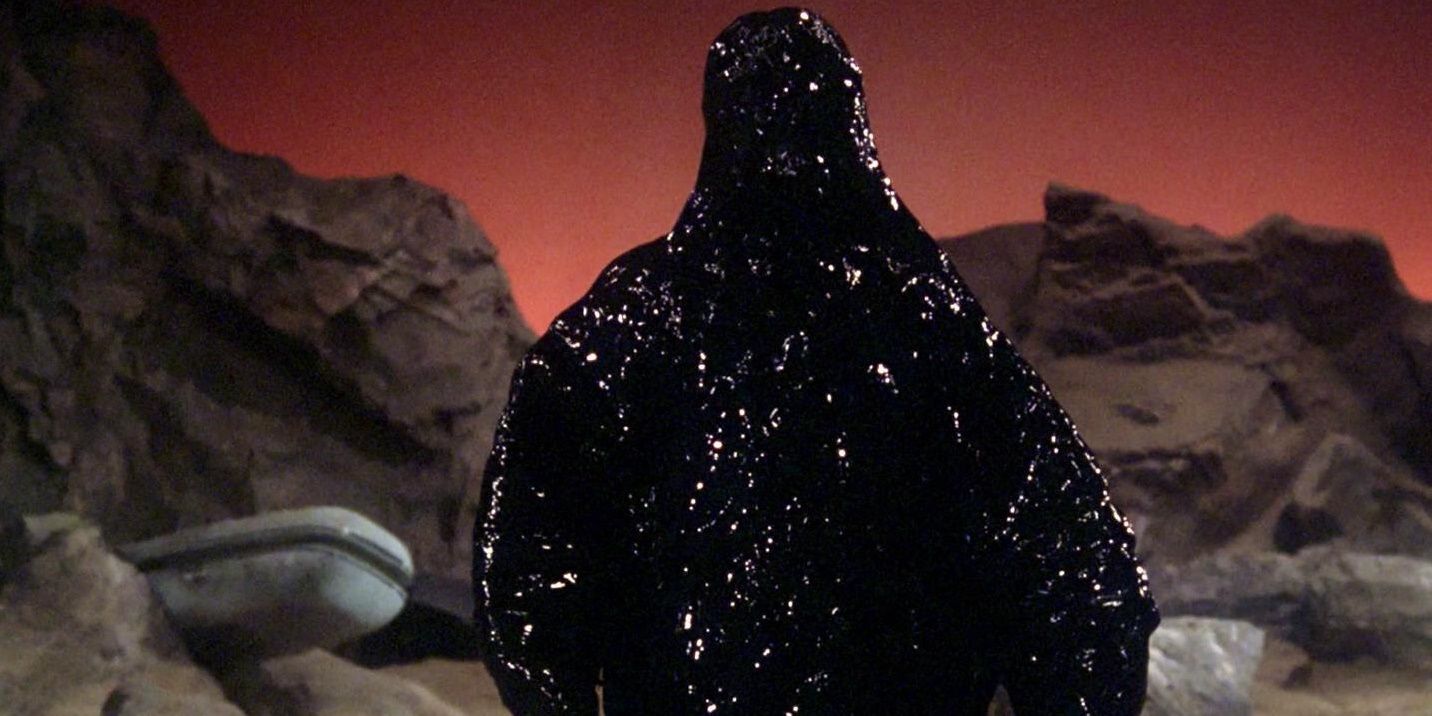
TNG’s “Skin of Evil” and the oil-slick creature named Armus are generally remembered for the controversial death of Lt. Tasha Yar (Denise Crosby), but there are some good ideas in this episode. Armus suffers from the limited special effects available during 1988 when “Skin of Evil” was produced, but the creature could be genuinely frightening with the help of modern technology and a talented voice actor. Unlike many of the villains faced by the Enterprise crew, Armus has no redeeming qualities, as he is composed of pure negative emotions discarded by a “race of Titans.” Nothing more is ever learned about the people who created Armus, and it would be interesting to see what became of them.
1 The Parasites And Starfleet Conspiracy From TNG’s “Coming of Age” & “Conspiracy
TNG Season 1, Episodes 19 & Episode 25
In Star Trek: The Next Generation‘s “Coming of Age,” Admiral Gregory Quinn (Ward Costello) and Lt. Commander Dexter Remmick (Robert Schenkkan) visit the Enterprise-D to investigate Captain Picard. They have become aware of a conspiracy that they believe stretches to the highest levels of Starfleet, which alarms Picard. More information about this dropped Starfleet conspiracy comes to light in the aptly-titled “Conspiracy,” which reveals that the brains of many top Starfleet officials have been infected with parasites. These parasites intend to take over Starfleet, although their exact motivations are never revealed.
“Conspiracy” ends on a cliffhanger, with the suggestion that the infected Remmick sent out a homing beacon to the parasite’s home world. However, this plot line never receives a follow-up and the parasites do not appear again. At the time, “Conspiracy” was one of Star Trek’s darkest and most violent episodes, and it’s fascinating to imagine what would have been if these parasites had become Star Trek: The Next Generation’s big bad.
Star Trek: The Next Generation is available to stream on Paramount+.
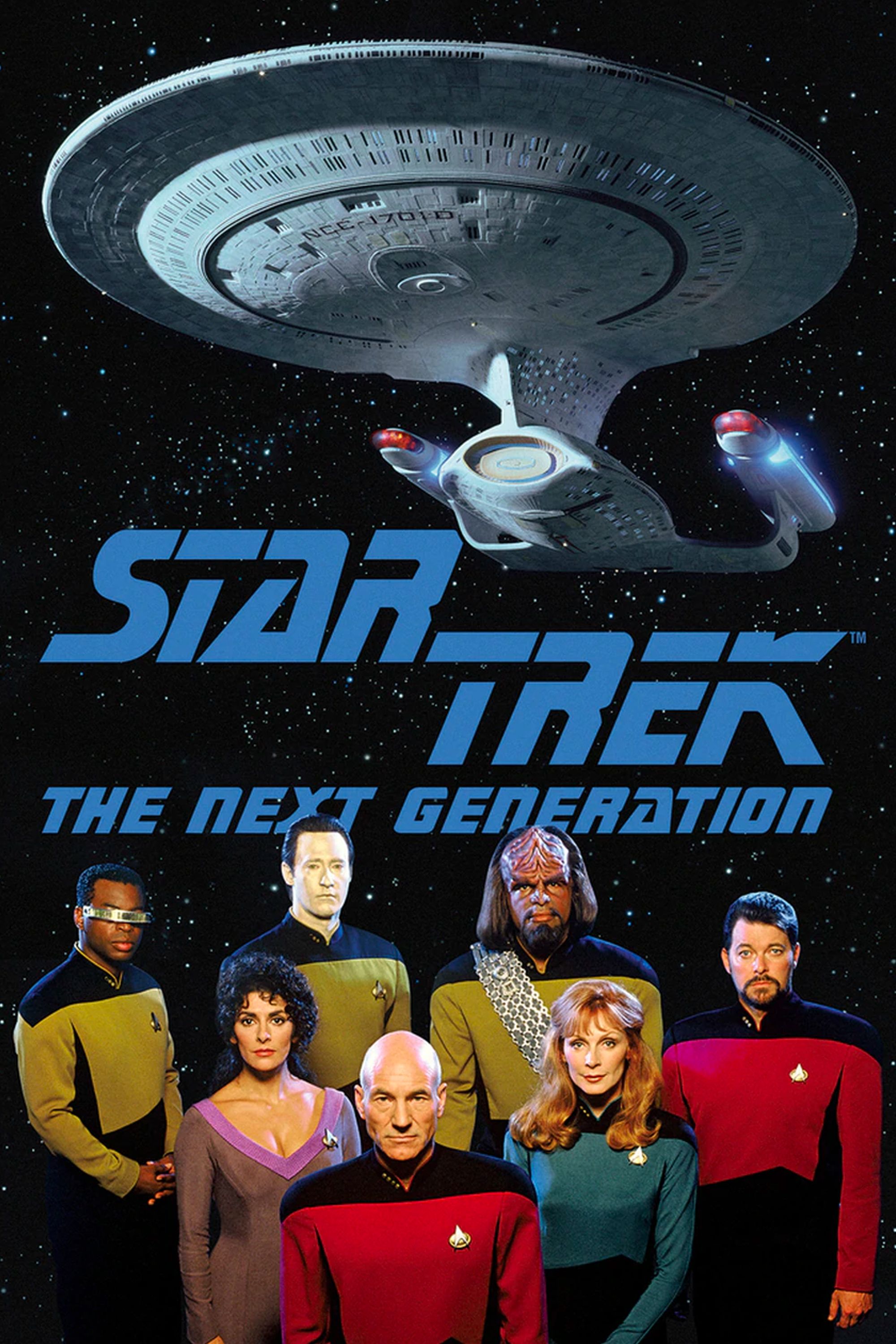
Star Trek: The Next Generation
- Release Date:
- 1987-09-28
- Cast:
- Array
- Genres:
- Array
- Seasons:
- 7
- Season List:
- Array
- Story By:
- Gene Roddenberry
- Writers:
- Array
- Network:
- Array
- Streaming Service(s):
- Array
- Franchise(s):
- Array
- Directors:
- Array
- Showrunner:
- Array
